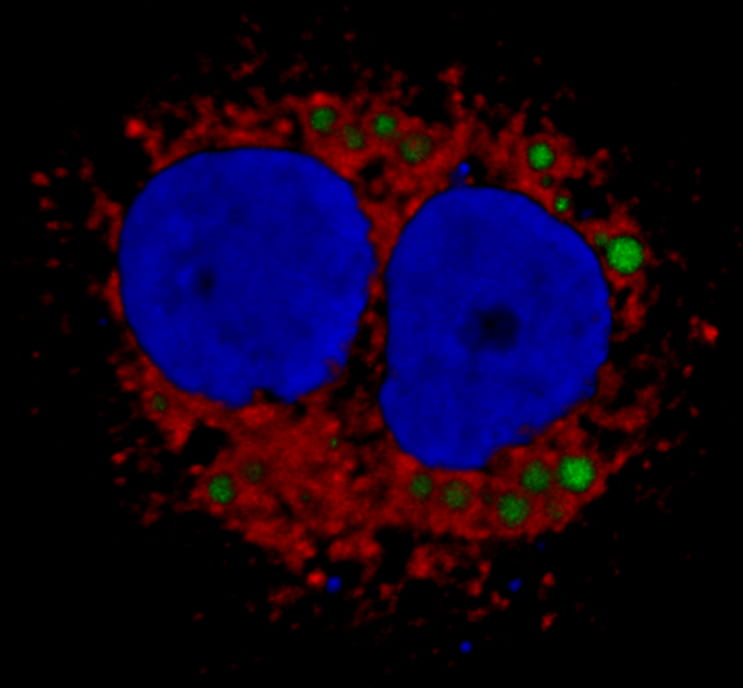1. Antiviral Immunity against Viral Hepatitis
Viral hepatitis is a leading cause of liver transplantation in the US as well as worldwide. CDC announced that the number of new HCV infections tripled over the last five years. Despite the implementation of a global vaccine program, the number of chronic HBV infection continue to be high as the new immigrant account for over 95 % of new US cases. In addition, the recent outbreak of HAV in the US, spreading across the nation, revealed significantly higher mortality compared to past outbreaks. The immune response against infected hepatocytes largely drives the disease presentation and progression. Our laboratory focuses on understanding the innate immunology against hepatitis viruses with an ultimate goal to establish a definitive prevention strategies.

2. Liver Cell Biology and Regenerative Medicine
For the better understanding of the “disease condition”, it is critically important to understand the cell biology of the liver in the homeostatic and the developmental condition. Thus, our laboratory constantly studies the general biology of the liver with the special focus on the function of the hepatocytes. The hepatocytes look the same in the hepatic lobule. However, their function is highly compartmentalized depending on the proximity to the vascular structures such as the portal vein and the central vein, namely hepatic zonation. We believe furthering our understanding of the hepatic zonation would lead to the improvement of the clinical management of the liver failure.

3. Transnational Science for the Study of Liver Diseases
One of the missions of physician-scientists is to identify unmet clinical needs in clinical medicine. Our laboratory proactively investigates a series of clinical medicine relevant questions. Currently, our transnational research programs address the disease mechanism and significance of the followings:
Prevalence and significance of occult HCV infection in the progression of the liver diseases.
Role of innate immune defense program in the prevention and exacerbation of spontaneous bacterial peritonitis (SBP).

4. The Utility of Humanized Liver Chimeric Mouse System for the Study of Liver Biology and Diseases
This particular HLCM system harbors the liver that is highly replaced with human primary hepatocytes. The liver of the HLCM is comprehensively replaced by human hepatocytes (shown as IHC staining positive cells (Brown)). The area with a higher magnification shows some residual hepatocytes of the host-mouse (shown as IHC staining negative cells (purple)). Our laboratory fully takes advantage of this state of the art in vivo study tool to recapitulate human liver diseases in the liver of small rodents.

In addition, the liver of the HLCM offers an unlimited supply of a high-quality human hepatocytes, which maintain the characteristics of bona fide terminally differentiated hepatocytes for many weeks. This, in vitro cultured “miniature liver” is a convenient and steady research tool by which enables us to conduct a series of biochemical and molecular cell biological studies.

Our laboratory utilizes these research tools for the study of human liver diseases, with a special focus on rare and genetic diseases.